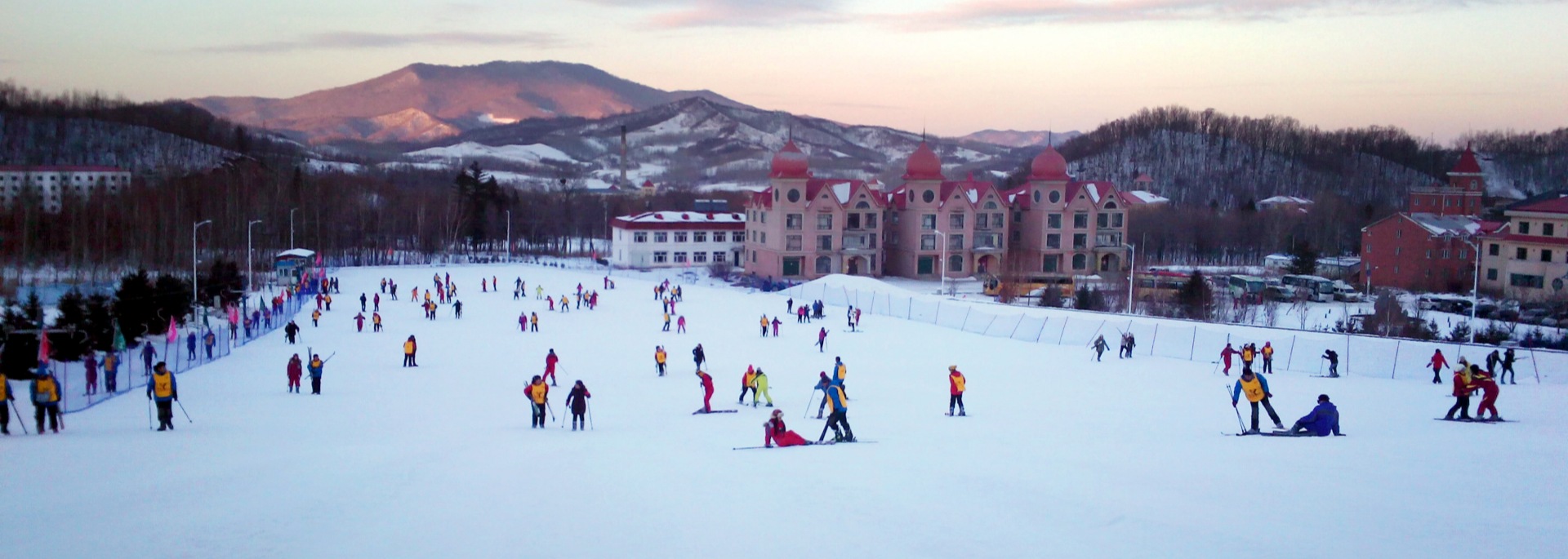
Best Places to Visit in Winter: Unveil China’s Winter Wonders
By Allison
Hi! I am Allison. In this article, I will share with you some popular destinations to visit in China during winter. Among the four seasons in my China, my favorite is winter. And if you’re planning to visit China in winter but aren’t sure where to go, you can refer to my recommendations based on personal experience.
Meanwhile, I can confidently tell you that winter unveils a truly unique and often underestimated side of this vast country. While many might picture only biting cold, China in winter is a land of incredible contrasts. It offers everything from dazzling ice festivals in the north to balmy, sun-drenched beaches in the south, all often enjoyed with fewer crowds and more intimate experiences.
Highlights of Winter Travel in China: A Travel Specialist’s Top Insights
- Harbin’s Ice Spectacle: The Harbin International Ice and Snow Festival stands as a global marvel, showcasing colossal, illuminated ice sculptures that must be seen to be believed.
- Diverse Landscapes: China truly offers a “land of contrasts” during winter, from the snow-capped peaks of Huangshan and the rime-covered trees of Jilin to the mild, spring-like climate of Yunnan and the tropical warmth of Sanya.
- Authentic Experiences & Fewer Crowds: Winter often means a quieter, more authentic travel experience, allowing deeper engagement with local culture and attractions without the summer rush, often at more favorable prices.
Northern China’s Iconic Winter Destinations
For those who dream of a classic winter wonderland, Northern China is an unparalleled choice. Be prepared for invigorating cold, but the rewards are truly spectacular. Layering is not just a suggestion; it’s essential for comfort and enjoyment.
Harbin: The Global Epicenter of Ice and Snow Artistry
Harbin, affectionately known as the “Ice City,” is simply magical in winter. The focal point is undoubtedly the Harbin International Ice and Snow Festival, which typically commences in late December and continues through February. I’ve been mesmerized by the sheer scale and artistry of the colossal ice sculptures and intricate snow carvings, especially at the Harbin Ice and Snow World. This massive theme park, built entirely of ice and snow, comes alive with vibrant lights, offering unique activities like ice sliding and snowmobiling. It’s a photographer’s dream and a truly unique experience that justifies braving the cold. Beyond the festival, a visit to China Snow Town offers a picturesque village setting, complete with horse-drawn sled rides and cozy cabins. For ski enthusiasts, the nearby Yabuli Ski Resort, China’s largest, provides excellent slopes for all skill levels. When visiting Harbin, packing proper thermal wear, a high-quality down jacket, and insulated boots is non-negotiable, as temperatures can plummet to -25°C (-13°F).

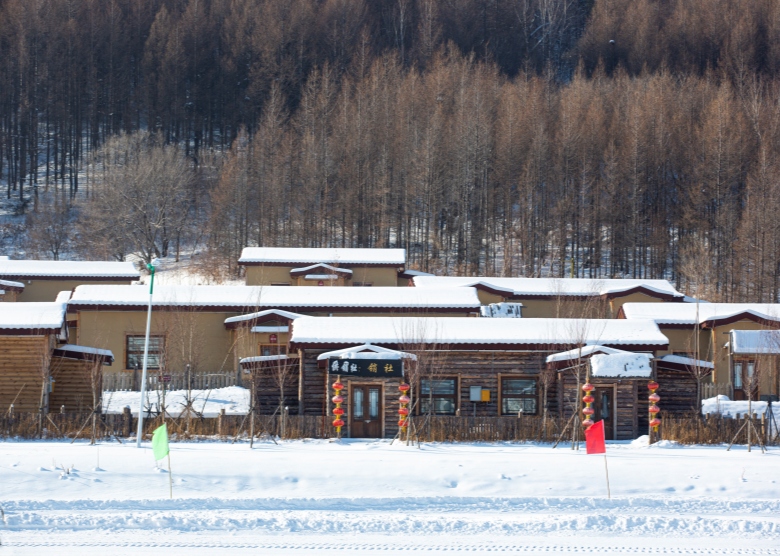
Beijing: Imperial Grandeur Dusted in White
Beijing in winter offers a profound and serene encounter with its historical landmarks. The Great Wall of China, particularly sections like Mutianyu, transforms into an ethereal sight when blanketed in snow. The crisp winter air often provides clearer views, and the absence of peak-season crowds allows for a more peaceful exploration of this ancient wonder. The Forbidden City, with its imperial architecture contrasting against the snow, gains a solemn beauty.
If your visit aligns with the Chinese New Year (typically late January or early February), you might experience vibrant Temple Fairs, offering traditional performances, delicious street food, and a festive atmosphere. The Longqing Gorge Ice Lantern Festival, held northwest of the city, is another stunning display of ice sculptures worth considering.
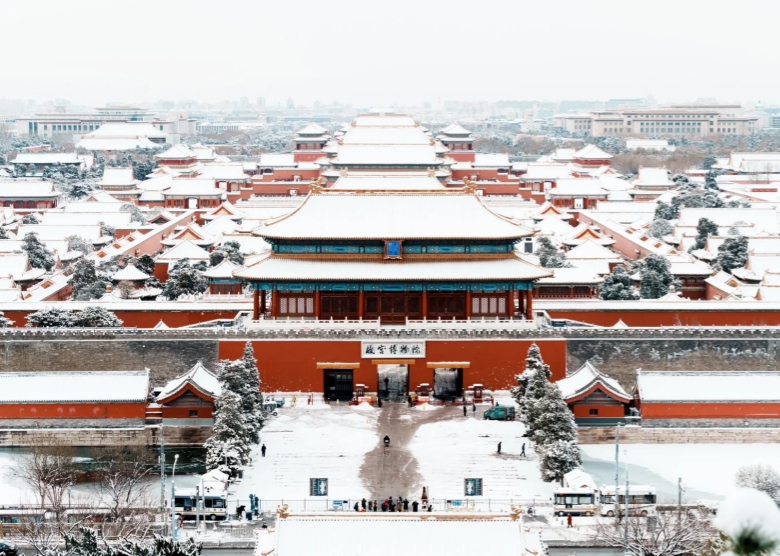
Xian: Ancient History Under a Snowy Veil
Xian, the ancient capital, offers a unique historical perspective in winter. The iconic Terracotta Warriors gain a solemn and timeless beauty under a light dusting of snow. Exploring the historical sites with fewer tourists allows for a more contemplative experience. Combine your historical excursions with the city’s famous street food, which offers plenty of warm and comforting options.
Mount Huangshan: A Poetic Winter Canvas
Huangshan, or Yellow Mountain, is a UNESCO World Heritage Site renowned for its unique granite peaks and ancient pine trees. In winter, this iconic landscape transforms into a true fairyland. Snow-capped peaks and rime-covered trees create a surreal beauty, particularly from late November to February when snowfall is at its peak. Fewer hikers mean a more tranquil experience, allowing you to fully immerse yourself in the “sea of clouds” phenomenon. Cable cars usually operate unless winds are exceptionally strong, but it’s always wise to factor in a buffer day for weather flexibility. Capturing the stunning sunrise and sunset views against this snowy backdrop is an unforgettable experience.
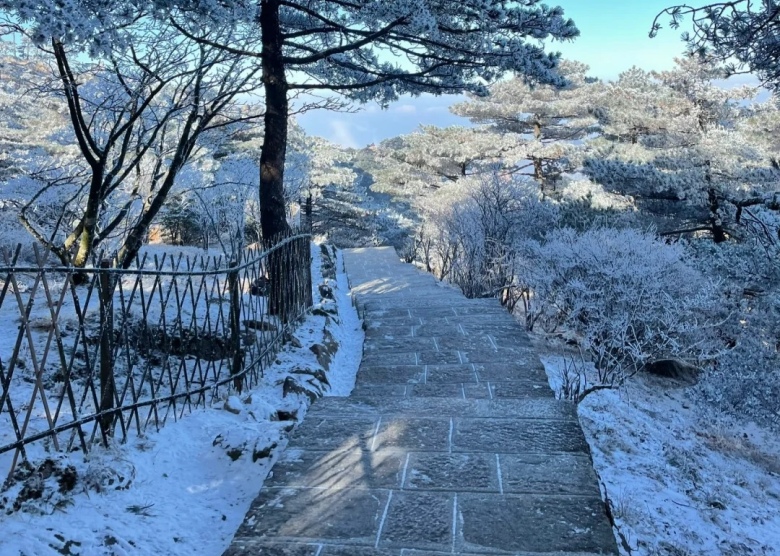
Southern China’s Warm Winter Havens
If your ideal winter getaway involves sunshine and milder temperatures, China’s southern and southwestern regions offer a delightful contrast. These destinations provide a welcome respite from the northern chill, perfect for those seeking relaxation or outdoor activities without the snow.
Sanya, Hainan Island: China’s Tropical Paradise
Sanya, located on Hainan Island, is China’s answer to a tropical escape. With average winter temperatures soaring to 27°C (81°F), it’s the perfect spot to unwind on sun-drenched beaches. I’ve spent Christmases here, enjoying activities like snorkeling in crystal-clear waters and exploring lush rainforests. Yalong Bay is famed for its powdery sand and calm waters, while Wuzhizhou Island offers excellent diving opportunities. It’s truly a haven for those craving warmth and marine adventures, often with fewer crowds than during the summer peak season. For a touch of luxury, consider beachfront resorts in Haitang Bay.
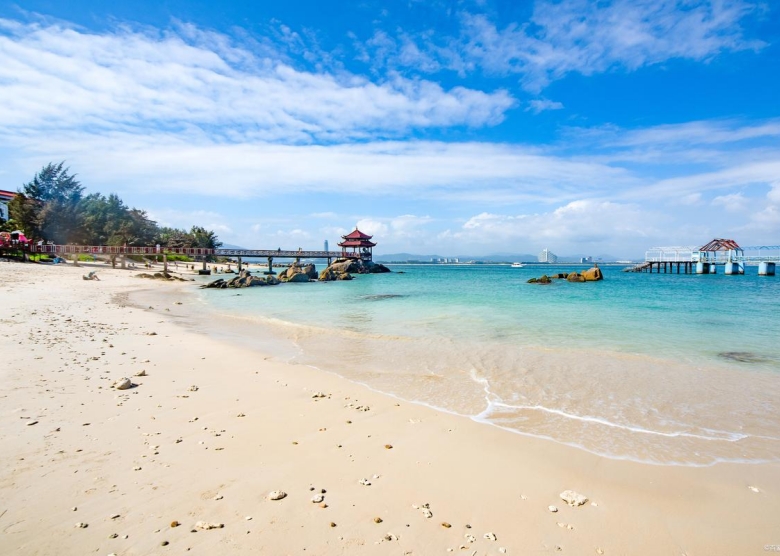
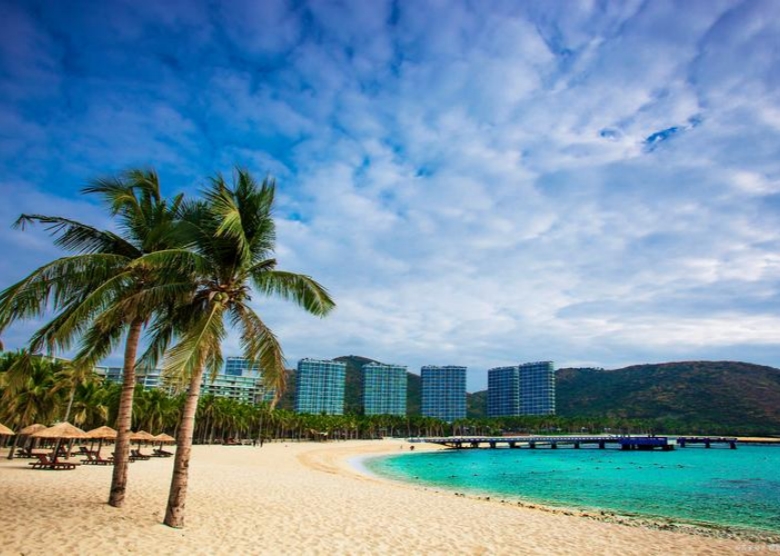
Yunnan: The “Land of Eternal Spring”
Yunnan, in Southwest China, lives up to its moniker, offering a mild, spring-like climate year-round. This makes it an ideal destination for a comfortable winter holiday. Cities like Lijiang and Dali boast charming ancient towns, cobblestone streets, and sunny days. I particularly love the tranquil ambiance around Erhai Lake in Dali and the vibrant ethnic cultures of Lijiang. For outdoor enthusiasts, Tiger Leaping Gorge offers breathtaking views, especially in December when it’s less crowded. The Yuanyang Rice Terraces provide stunning photographic opportunities in late winter when irrigated. Shangri-La, with its Tibetan influences and the impressive Songtsam Monastery, is another cultural gem in Yunnan.
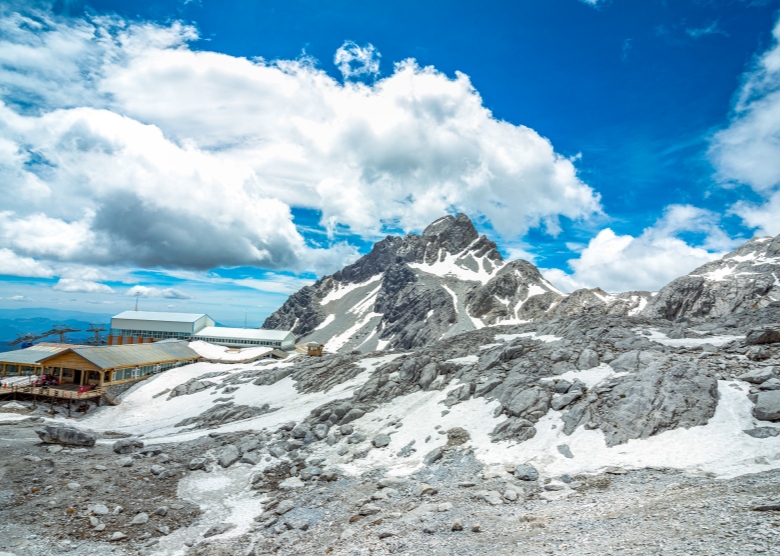
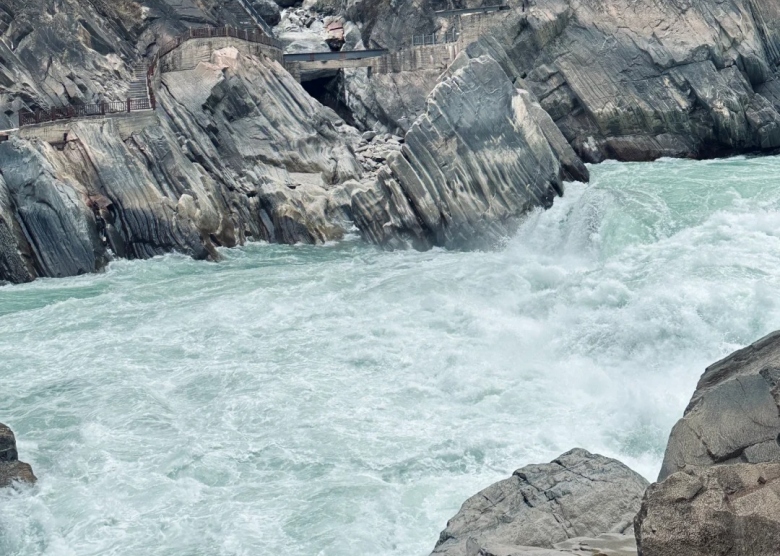
Jiuzhaigou: A Frozen Fairytale Valley
Jiuzhaigou National Park in Sichuan Province, a UNESCO World Heritage site, is renowned for its vibrant turquoise lakes and multi-tiered waterfalls. In winter, this park transforms into a tranquil wonderland. Many waterfalls freeze into spectacular ice formations, and the forests are dusted with snow, creating a serene and otherworldly atmosphere. The park is significantly less crowded in winter, allowing for a more peaceful exploration of its natural beauty. Ensure you have comfortable hiking boots, as trails can be slippery.
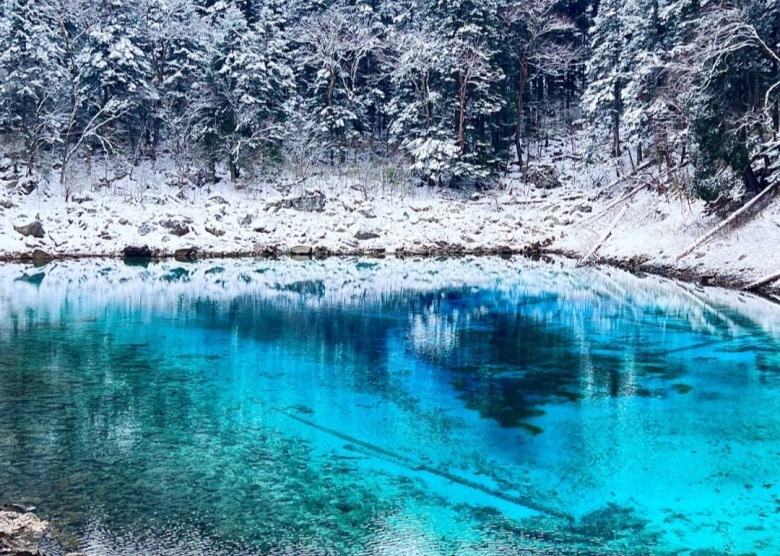
Chengdu: Pandas and Hot Pot Warmth
While not as warm as Sanya, Chengdu offers a relatively mild winter compared to northern cities and provides a delightful cultural and culinary experience. The Chengdu Research Base of Giant Panda Breeding is a must-visit, and seeing these adorable creatures in the cooler winter months can be particularly enjoyable. To combat any chill, indulging in Chengdu’s famous hot pot is an absolute must – it’s a fiery and flavorful experience that will warm you from the inside out. For ski enthusiasts, the nearby Xiling Snow Mountain is China’s largest alpine ski resort, offering both skiing and the unique opportunity to see red pandas.
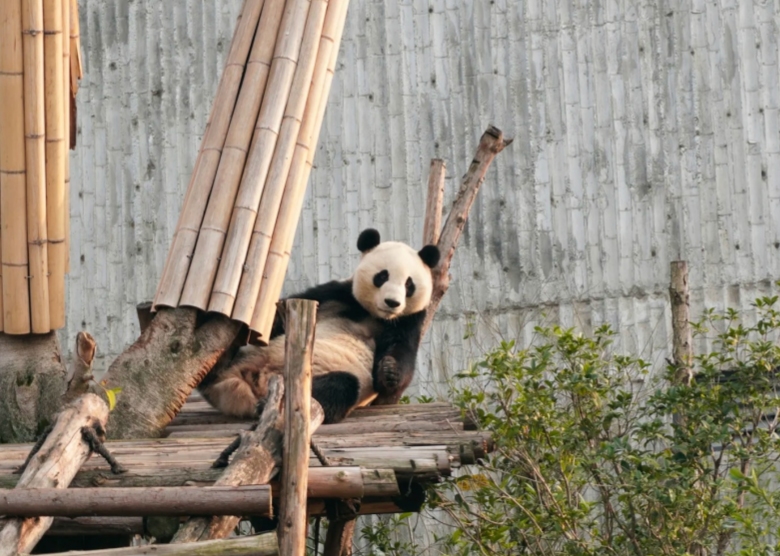
Guilin & Longsheng: Unique Karst Landscapes in Winter
Guilin’s famous karst landscapes take on a magical quality in winter. A Li River Cruise provides stunning views of the snow-capped mountains and serene countryside, often shrouded in atmospheric mist. The Longji Rice Terraces, or “Dragon’s Backbone,” are less crowded in winter, and the snow-covered fields create a picturesque and unique photographic opportunity. While it can be cooler, the unique natural formations remain breathtaking.
Practical Winter Travel Tips
Having traversed China’s diverse winter landscapes for years, I’ve gathered some invaluable tips to ensure your trip is as smooth and enjoyable as possible:
- Pack Smart & Layer Up: This is crucial. For northern China, invest in quality thermal base layers, a mid-weight fleece, a 700-fill down jacket, and a wind/waterproof outer shell. Don’t forget insulated boots, wool socks, gloves, a warm hat, and a scarf. For southern areas, lighter layers with a jacket for evenings are sufficient.
- Protect Your Electronics: Cold temperatures drain batteries rapidly. Keep your phone, camera, and power banks in an inner pocket close to your body or use hand warmers alongside them.
- Check Festival Dates: Major events like the Harbin Ice Festival and Chinese New Year attract significant crowds and can impact prices and availability. Plan accordingly and book well in advance if you wish to experience these.
- Consider Train Travel: While flying is convenient, winter weather, especially in the north, can lead to flight delays. China’s high-speed rail network is incredibly efficient and often a more reliable option, connecting major cities rapidly (e.g., Harbin to Beijing in less than 5 hours).
- Avoid Lunar New Year Surges: If crowds and price surges are a concern, try to avoid traveling during the Chinese New Year period (late January to mid-February). While it’s a vibrant time, transportation and accommodation costs can triple, and key attractions can be extremely busy.
- Stay Flexible: Weather conditions can change quickly, particularly in mountainous regions. Be prepared for unexpected snow or travel delays and have a flexible itinerary if possible.
- Hydrate and Protect Your Skin: The dry winter air, especially indoors with heating, can be dehydrating. Drink plenty of water and carry moisturizer and lip balm.
China in winter offers a rich variety of experiences for every type of traveler. As a travel expert, I’ve witnessed how winter brings out a different side of China—fewer crowds, deeper cultural connections, and striking natural beauty. Whether you’re after snow sports, cultural experiences, or a warm getaway, there’s a perfect winter destination waiting for you.
Explore More: